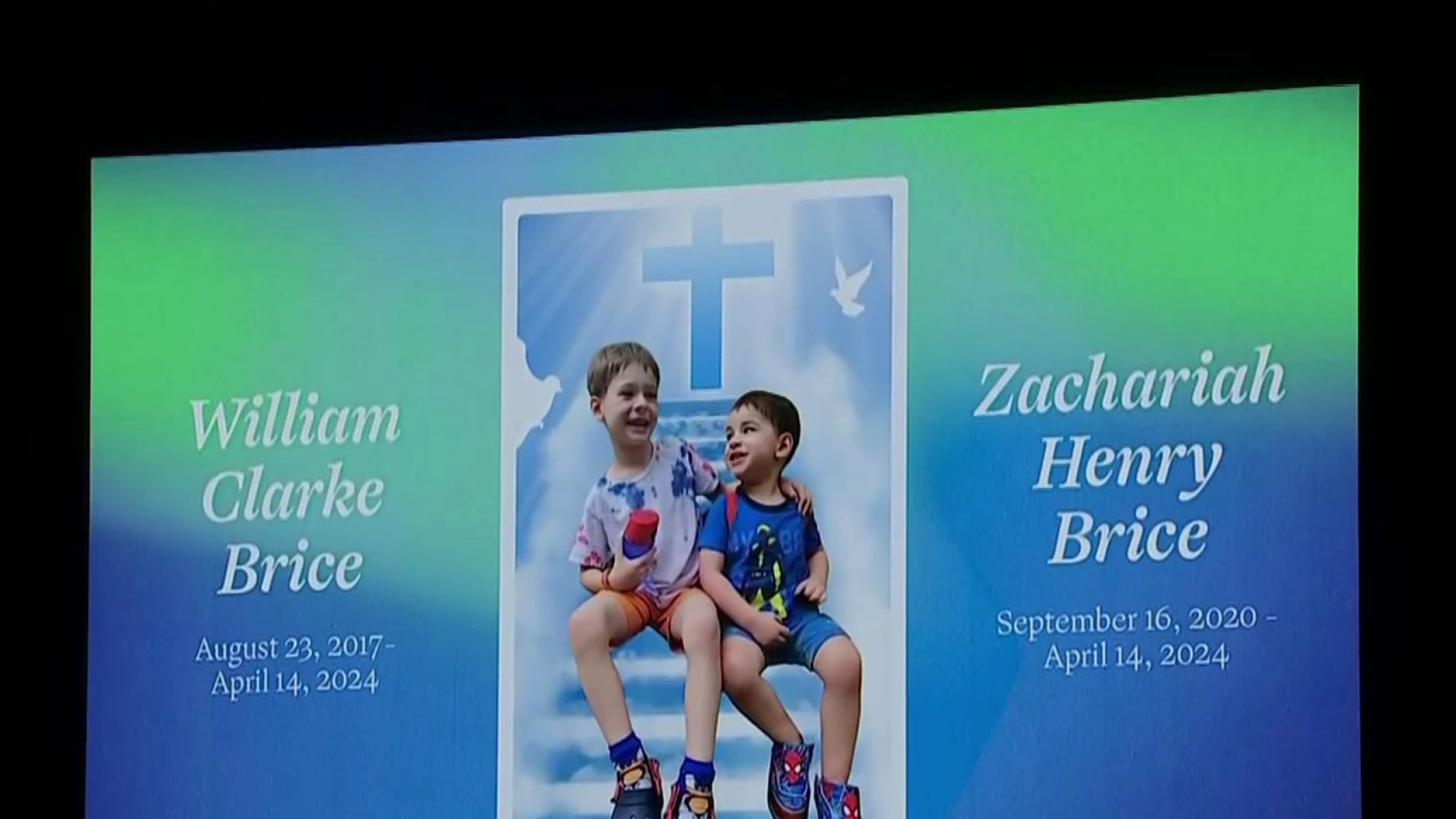The U.S. Supreme Court decision to strike down President Joe Biden's student loan forgiveness program highlighted a critical problem facing American students: college affordability.
Some education advocates are pushing federal leaders to do more to help students who need it the most. They say as the cost of college continues to soar, critical aid hasn't kept pace.
About a third of all college students receive a Pell grant, including more than 315,000 in D.C., Maryland and Virginia. The grant was created in the 1970s to help the nation by helping its poorest college students.
“Higher education has the best chance of putting you on a career trajectory that breaks cycles of poverty ,” Institute for College Access and Success Vice President Kyle Southern said.
We're making it easier for you to find stories that matter with our new newsletter — The 4Front. Sign up here and get news that is important for you to your inbox.
He studies these issues and has tracked how college inflation has outpaced the power of the Pell grant.
“At its height, that program will cover about 80% of the costs of going to college,” he said. “Now, it’s almost a quarter, certainly less than a third.”
The maximum a student can receive in the upcoming school year is about $7,400, which is $500 more than last year. But the average cost of college is about $35,000 a year, according to the Education Data Initiative. That’s twice what it was two decades ago.
Local
Washington, D.C., Maryland and Virginia local news, events and information
Southern is among those pushing for Congress to increase the aid to more than $13,000 per Pell grant.
“It's hard to find a better return on investment than the Pell grant,” he said.
The effort has gained some steam on Capitol Hill, where lawmakers like Sen. Tim Kaine (D-Va.) have supported efforts to increase the aid. Kaine also wants the Pell grant to be extended to students enrolling in job-training programs.
“We're not only hurting, you know, individuals and families by they can't get access to skills or they ended up with too much debt when they get out,” he said. “What we're really doing is putting ankle weights around the American economy as we're trying to outcompete nations around the world.”
Though it’s been discussed in Congress, it does not appear close this summer as the Supreme Court issues decisions affecting millions of current and future college students.
In the meantime, Southern says the need for changes is great as disparities widen.
“The average white borrower was looking at a bill when they come out of college, about $28,000,” he said. “The average Black borrower is coming out about $50,000. And so, you see how the disparity in family wealth translates into increased debt burdens that put people even farther behind when starting their careers.”
A national group of college financial aid administrators suggests increasing the Pell grant is a sustainable, long-term solution to help low-income students achieve college access. But a group of conservatives in Congress suggests it would only increase the cost of tuition for everyone.
Sign up for our Breaking newsletter to get the most urgent news stories in your inbox.



